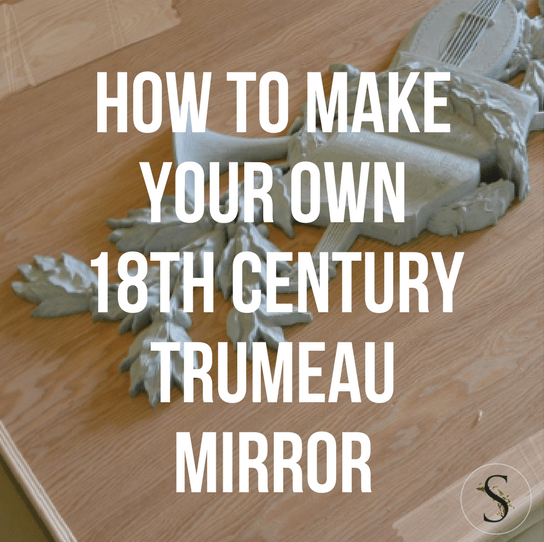If you are looking for an inexpensive way to dress up your walls, this might be it. I happen to adore the 18th century style, but don’t want to spend a ton of money to achieve the look in my home. Decorative carved plaques were quite popular in France, and eventually Sweden perfected the look. […]

